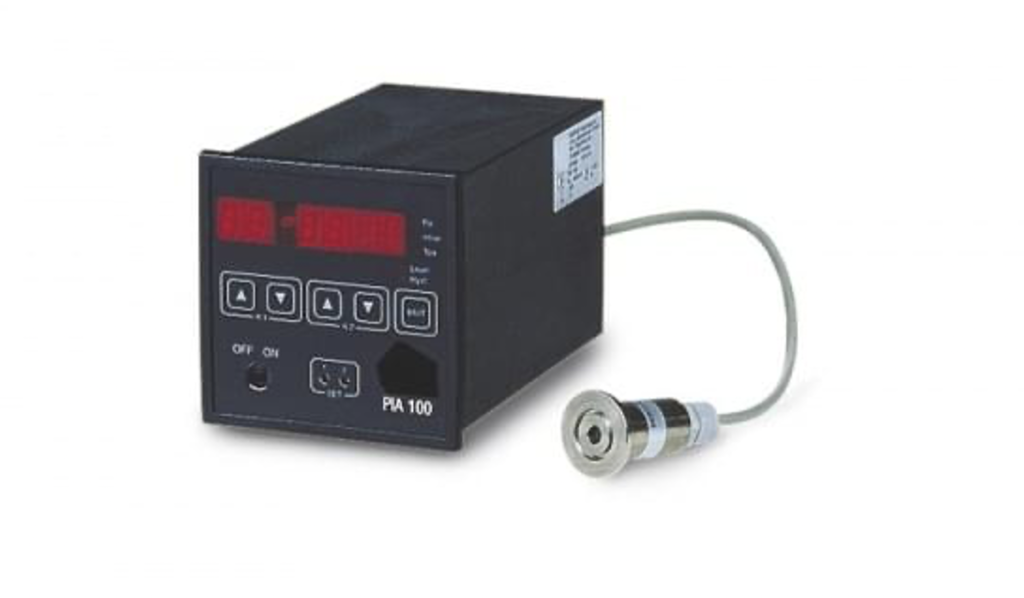Pressure is a variable that found its place in almost all fields. So measuring it is of utmost importance for many processes, so it must be accurate and reliable. Reading the amount of force acting on a particular surface in a certain way has its application in industry, medicine, science, etc.
Pirani devices are preferred over other thermal conductivity gauges as they’re inexpensive instruments for simple pressure measuring. But high-end devices for industrial use can cost a higher price. However, if you know how they work, you can easily purchase a high-quality model with ease.
These instruments represent wires tensioned concentrically within the tubes. A wire element is made of metals, typically tungsten, and heated by the current. Then it’s cooled by the surrounding gas (usually nitrogen). That creates pressure, which is measured. In fact, Pirani vacuum gauges detect the change in thermal conductivity and report it as a pressure.
A hot-cathode ionization gauge is most commonly used in industry. It can measure up to ten to three Torr. It can also measure trim vacuum levels and is ideal for use in labs. These meters operate through the emission of electrons by a hot glower. Also, they don’t require the use of a glower discharge.
How to Use This Instrument
Regardless of its size and shape, a Pirani vacuum gauge is easily portable and easy to use. When you turn it on, the metal wire starts to heat up. Its tubes are open; gas molecules can reach them and collide with hot filaments. So the molecules warm up and go out.
As the gas takes some heat from filaments, they will cool down. The more it takes, the faster these will cool. That makes Pirani gauge a gas-dependent instrument that provides indirect measuring. It doesn’t consider molecule force, only their characteristics after heating.
If the pressure inside the system is low, the gas will carry less heat. That’s because the environmental pressure will slow down the filaments’ cooling. So when the gas pressure fluctuates, its thermal conductivity shifts, too. So the voltage that should maintain its temperature changes.
Operation Modes
A heated wire inside this meter emits heat to the surroundings. It can be gas conduction at high or low pressure, thermal radiation, or heat loss through the tube walls. The gauge measures these emissions as an indirect pressure indication.
More on other types of thermal conductivity gauges read below: http://web.gps.caltech.edu/~als/IRMS/course-materials/lecture-3—vacuum-theory/tc-gauges.pdf
Keep in mind the gas type that a Pirani gauge is sensitive to. For example, you should ensure that it’s not a saturated gas type, as the condensation it creates can disrupt the device’s work. Also, if the gas has higher thermal conductivity, these changes will be more drastic. It means that the device can experience occasional zero shifts, affecting the accuracy of the readings.
Moreover, the gauge’s sensors are temperature compensated and sensitive to rapid changes. So the change in atmospheric pressure and temperature causes a difference in the readings. So, the combination gauges require balancing these variations to keep accurate readings.
Advantages
The main quality parameters of a Pirani vacuum meter are its accuracy and reproducibility. So this device should be calibrated periodically, preferably annually, to maintain its reliability.
While this may seem unnecessary, the calibration is based on the operating environment and other factors. Plus, the instrument’s accuracy can be critical to the technological process. So if you don’t follow a specific calibration policy, the result may drift.
When choosing a Pirani vacuum gauge, you should know that thermocouple gauge wires can become dull or tarnished. The radiation will decrease if the instrument is used, damaged, or has a tarnished filament. The same will happen if it’s not calibrated regularly.
When operating, maintain the gauge and keep it clean and dry. To maintain it properly, use the Cal adjustor switch to adjust the electronics. Then, insert the pin through the entire scale, and wait a few seconds. That will automatically adjust the sensor and re-calibrate the device. Find more interesting info on this instrument on this source.
Pirani vacuum gauges are handy devices to measure both high and low pressure. Their accuracy is very high. Also, they are inexpensive and easy to use, allowing you to read results even remotely.

